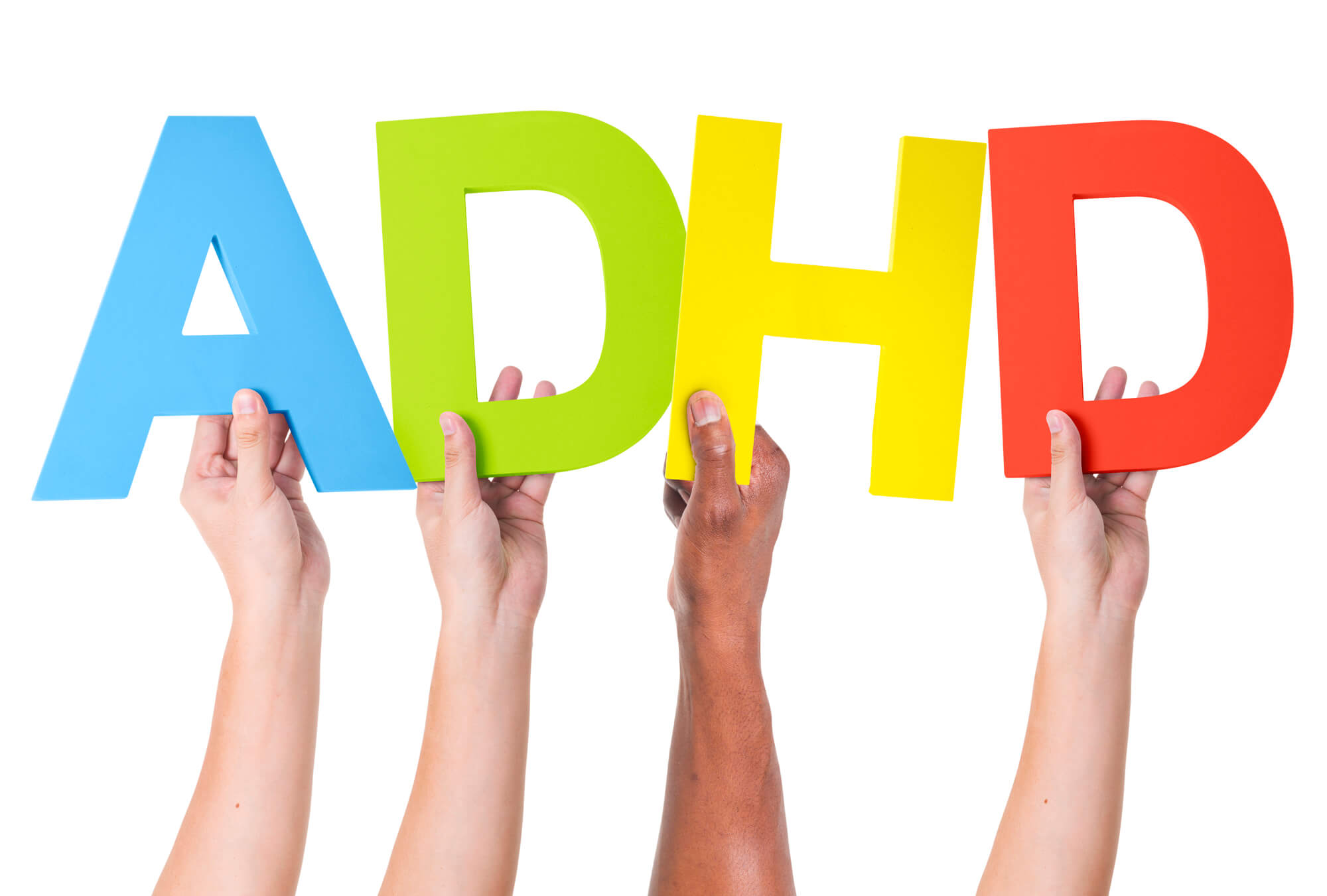With the growing awareness and ongoing conversation about ADHD, Attention-deficit/hyperactivity disorder, you may find yourself wondering if a diagnosis is appropriate for yourself or a loved one. Perhaps you are curious as to what an assessment for ADHD may entail? Let’s break it down, explore what factors are examined, and learn about the process of assessing for ADHD.
Everyone is different.
First of all, in the same way that individuals are distinctively unique, ADHD can also look different from person to person. A first step to assessing for ADHD may be to measure a baseline level of cognitive functioning and examining an individual’s cognitive profile. It is also important to recognise that there are 3 subtypes of ADHD that can look very different from individual to individual.
- Primarily inattentive
- Primarily hyperactive-impulsive
- Primarily inattentive and hyperactive-impulsive
There are also standardised tests that can assist in measuring ADHD. You may hear psychologists suggest tests like the Brown ADD Scale, the Child Behaviour Checklist (the CBCL), or the Connors-3. These tests often have various forms to be administered to multiple parties like the teacher, child, and parent. Especially in children, looking at behaviour in multiple settings can be vital in understanding the big picture of how ADHD may be impacting their life.
Assessments are helpful because they are standardised and can be helpful in formal diagnosis but you can explore the impact of ADHD on a child’s life by simply investigating challenges faced in different aspects of life. If your child is in school, speak to their teacher or sports coach and see what struggles they recognise. Evaluate home life and what role behaviour may play during recreation or family time.
If you are an adult in the work force, perhaps evaluate how possible ADHD symptoms impact your job. Symptoms should be present in more than one setting for a formal diagnosis.
A health professional may also take a detailed inventory of family and medical history, as ADHD tends to run in families. Also a detailed social history may be taken. If a child has relocated often or is under stress from a divorce, death in the family, or even bullying, these can all be factors to consider. Often times symptoms of stress and anxiety can surface as typically behaviours that are associated with ADHD. This is especially true in younger children who are unsure of how to cope with strong feelings. If you decide to opt for a formal diagnosis, be patient with the extensive questioning and answer as honestly as you are comfortable.
If you are interested in exploring treatment for ADHD, contact us on (02) 6262 6157 or book an appointment online.
Related reading:
Diagnosed- Benefits of receiving a DSM -5 Diagnosis
Is ADHD Real?
Common Traits of Adult ADHD
